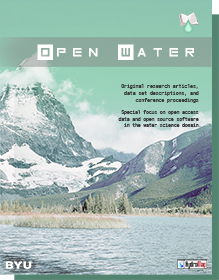Article Title
Keywords
Water balance, climate variability, land use change, SWAT model, Usangu catchment
Abstract
This study evaluates the impact of land use/cover change and climate variability on water balance in Usangu catchment in the southern highland of Tanzania. Usangu catchment is approximately 20,000 km2 in area and is the source of about 30% of all the rice produced in Tanzania. It is a part of Rufiji basin and falls within the Southern Agriculture Corridor of Tanzania (SAGCOT) where agriculture intensification programs are planned for the near future. The area is already water stressed. This research uses SWAT model to study the impact of climate variability and land use/cover changes on the water balance of Usangu catchment. The GIS interface version of SWAT (ArcSWAT) was used for input data preparation and output data generation. ArcMap, ERDAS Imagine and IDRISI Selva software served as spatial data preparation tools. The land use/cover of 2013 was taken as a bench mark against which Markov chain and cellular automata were used to predict future land use/cover changes. In addition to other required parameters, predicted future land use/cover and climate were used as inputs in SWAT model to simulate the future changes in water balance of the catchment. Different soil and water management scenarios were developed and tested within SWAT environment in order to identify the best use of available water under future land use/cover and climate conditions. The water balance approach developed in this study provides a decision support tool to identify the most effective use of the available water to reliably produce required amounts of food and to avoid wasted capital and investment costs used for making structures like wells, dams and agricultural machineries.
BYU ScholarsArchive Citation
Hyandye, Canute B.; Komakech, Hans C.; and Martz, Lawrence W.
(2015)
"Modeling of water balance in Usangu Catchment: Landuse/cover change and climate variability perspective,"
Open Water Journal: Vol. 3:
Iss.
1, Article 5.
Available at:
https://scholarsarchive.byu.edu/openwater/vol3/iss1/5
